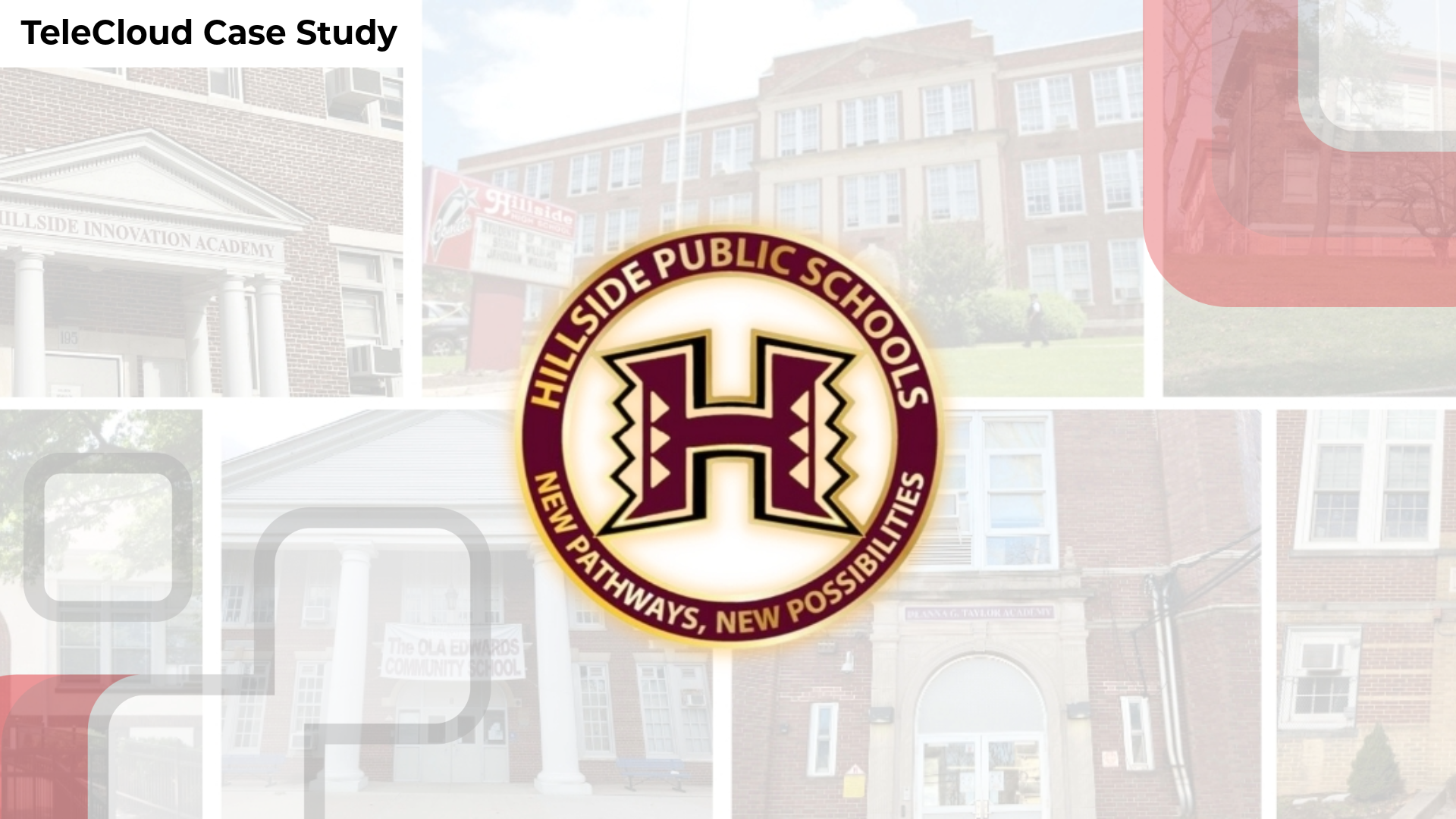Case Study: How Hillside Schools Took Back Control of Communication
October 30th, 2025
2 min read
By Will Maddox

What do you do when your systems technically work, but the process around them doesn't? For Hillside Public Schools, that question came to a head as contract renewals, vendor silos, and rising complexity collided. The district’s IT leaders knew they needed a change, not just in technology, but in control.
This is the story of how they made that transition quickly, confidently, and with community needs at the center.
A District Doing Everything Right, But Navigating Hidden Challenges
Hillside Public Schools is a vibrant district made up of eight schools, from early childhood centers to high schools, serving hundreds of students and families in the Hillside, New Jersey area. Like many modern districts, Hillside had already made strides toward digital transformation. Three years ago, they transitioned from a legacy phone system to a hybrid cloud solution combining Avaya hardware with RingCentral’s voice services.
On the surface, the system worked.
- Staff used voicemail, call logs, and video conferencing.
- Emergency calls were documented and routed reliably.
- Phones were up and running across all buildings.
But beneath that functionality, the IT department was facing a growing, invisible problem: complexity.
One System. Two Providers. Too Many Headaches.
For every small change, every ticket, and every issue, two different vendors had to be contacted.
- Avaya managed the physical hardware.
- RingCentral managed the cloud service.
- Neither managed the entire experience.
What started as a modern solution became a tangled web of split contracts, unclear responsibilities, and delayed support.
As IT Director Andre Gibson and Technology Director Deanna soon realized, it wasn’t just inconvenient, it was unsustainable. And with a contract renewal looming, things escalated. The vendors issued strict deadlines, threats of service shutoffs, and rigid renewal terms. There was no room to explore, test, or question the arrangement.
For a school system built around learning, flexibility, and community needs, that kind of pressure simply didn’t fit.
The Moment to Make a Change
With summer approaching, the only realistic time for infrastructure projects, Hillside’s leadership saw a narrow window to regain control.
They weren’t looking for flashy technology. They were looking for simplicity, trust, and alignment.
- A single system.
- A single support team.
- A system that supported teachers, staff, and administrators with clarity and ease.
And they wanted it to happen fast without compromising on safety, reliability, or service.
Thanks to a past working relationship with Andre Gibson, Hillside reached out to TeleCloud, with support from EXTEL Communications, to discuss what a cleaner, simpler path forward might look like.
A Seamless Transition, Done on Their Terms
From first conversation to full go-live, the project took just six weeks.
With the help of Hillside’s skilled internal IT team, TeleCloud deployed a fully cloud-native Unified Communications solution, replacing both Avaya and RingCentral entirely.
No hardware to manage. No split vendors. No more pressure.
“The transition from Avaya was seamless, TeleCloud delivered real value, and continues to be a trusted partner in our school district,” said Andre Gibson.
What’s Different Today?
- Support is streamlined. The IT team works with one partner they know by name.
- Every phone and feature is connected through a single platform.
- 911 calls are now automatically logged and geo-routed, providing faster emergency response coordination and clear documentation for compliance.
- Teachers can now use SMS without long-term vendor lock-ins or complex rollouts.
- The system is intuitive, allowing administrators to work faster, not harder.
Most importantly, the district can focus on students, not service tickets.
The Real Win: Reclaiming Time and Trust
This isn’t a story about VoIP. It’s a story about a public school district doing the hard work to support its staff and students and removing the obstacles in their way.
It’s about a team that made a tough decision, in a tight window, to choose ease over pressure, clarity over complexity, and trust over transaction.
And it’s a reminder that technology works best when it stays behind the scenes, letting schools, educators, and communities thrive.
If your school district or business is evaluating how to simplify and modernize communications, Hillside’s journey is a great place to start. Talk to your technology partner or team to assess where small changes might bring meaningful improvements.
Topics:






